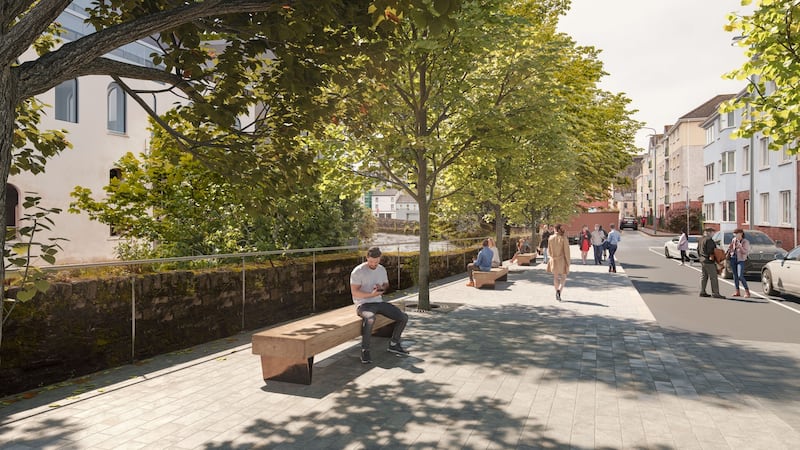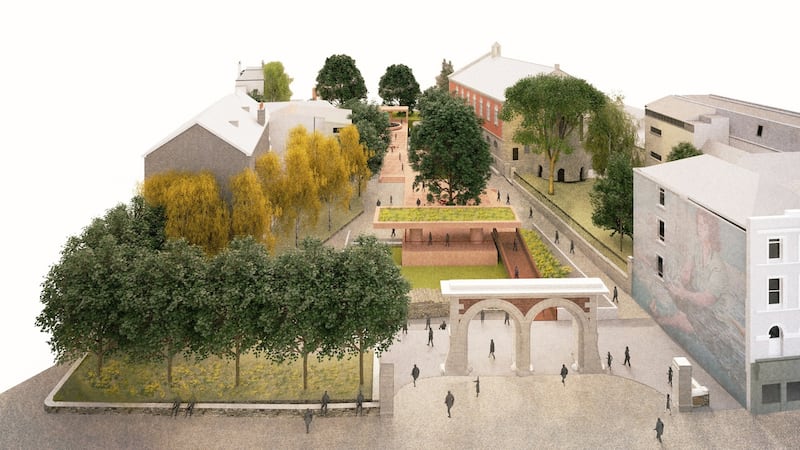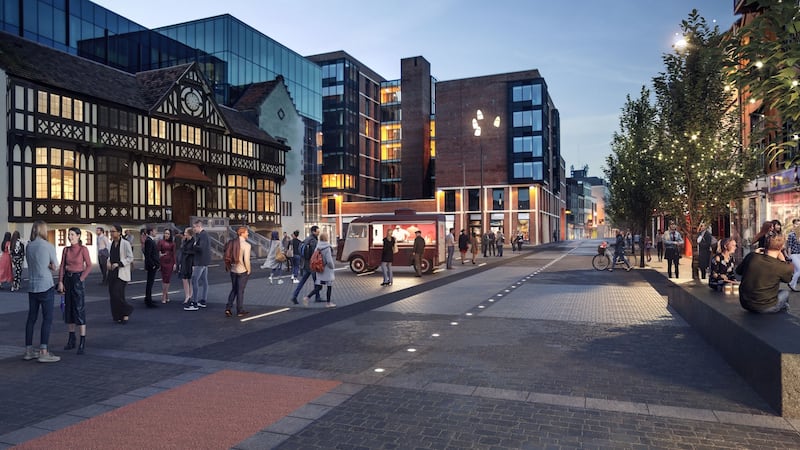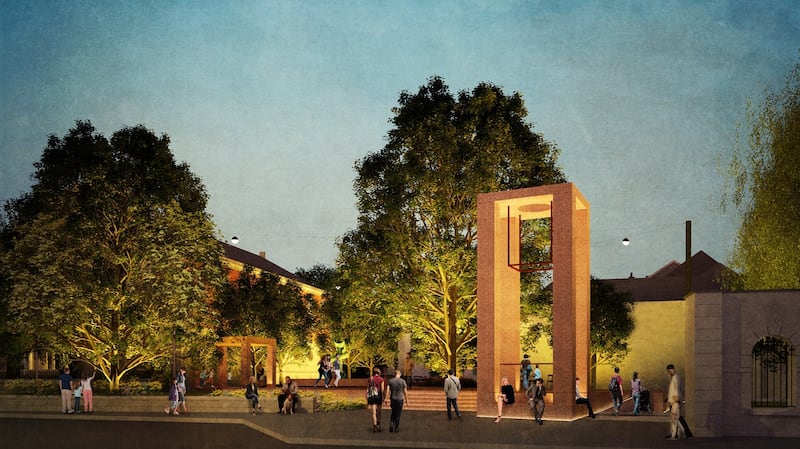Cork City Council has unveiled plans for the first phase of a €46 million public realm project which will see one of the most historic parts of the city redeveloped to make it more pedestrian and cyclist friendly in advance of the building of the €80 million event centre.
Lord Mayor of Cork Cllr Colm Kelleher said the plan for this historic South Main Street/Grand Parade area was "striking and game-changing" for the city and would enhance the entire quarter for both locals and visitors alike.
Three years ago, Cork City Council executive archaeologist Joanne Hughes presented a report which showed the area was the site of an early Viking settlement in Cork dating back to the 11th century, while the area also contains the historic walls of medieval Cork.
Now the area is to benefit from a €10 million to €15 million investment in the first phase as part of an overall €46 million package to improve the public realm in Cork, with much of the first tranche being spent on creating a public plaza in front of the former Beamish and Crawford brewery.


Cork City Council senior engineer in infrastructure development John Stapleton said the work will involve the removal of walls and railings from outside the front of the Counting House at the Beamish and Crawford site, home to the proposed new event centre, to create a large public plaza.
"We have yet to finalise the detailed design but it will involve widening the footpaths, removing a service vehicle lane and creating a square or plaza outside the Counting House while the area will have benches and trees on the eastern side of South Main Street to demarcate the footpath."
Mr Stapleton said the plan would also involve the pedestrianisation of Tuckey Street with traffic being limited to service vehicles early in the morning as currently happens on Oliver Plunkett Street and the upgrade of Tobin Street and the removal of railings and opening up of Bishop Lucey Park.
He said that the entire historic area of French's Quay, Keysers Lane, Proby's Quay, Crosses Green, Clarke Bridge and Hanover Place, all in the shadow of the historic Elizabeth Fort and St Finbarre's Cathedral, would also benefit from the major upgrade with improved pedestrian and cycle access.
“The entire area – which is one of the oldest parts of Cork – will undergo a major refurbishment with new paving, using Chinese, Portuguese or Spanish granite, widened footpaths with new street furniture and new street lighting,” he said.
Cork City chief executive Ann Doherty said that the works will be funded through the Government's urban regeneration and development fund established under the Government's Ireland 2040 programme and from Cork City Council's own resources.


“The project, which will also see the development of a new public library on Grand Parade, is very much in keeping with our objective to ‘re-imagine the city’, which the city council has championed in the Covid-era in collaboration with businesses, communities and other stakeholders.
“The greater receptiveness to change ... has allowed us to fast forward many of our proposals and plans,” she said.
“The gains are very obvious – the permanent pedestrianisation of 17 city-centre streets, the facilitation of outdoor dining and a ‘greening’ of the city centre on a scale never previously seen.”









